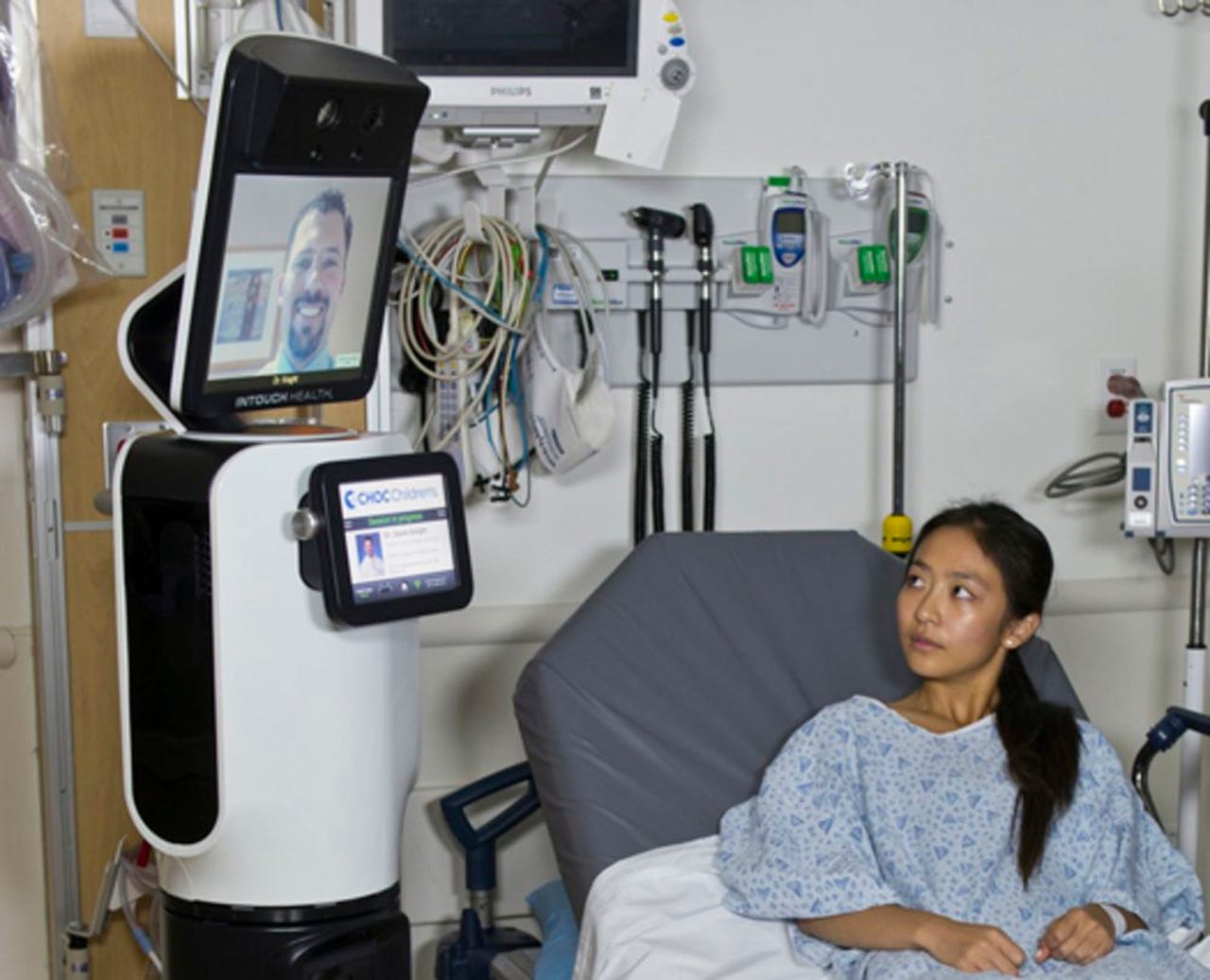Telepresence set to surge (but not in traditional offices)


The market for telepresence robots, which allow remote workers to beam into far-off locales, is set to surge. But some of the biggest growth seems to be coming from an unexpected sector: Healthcare.
Featured
According to new research from market research firm Report Linker, the telepresence market overall will be worth $312 million by 2022. That's over a two-fold increase from the current market size of $145.8 million.
Also: Flaws in telepresence robots allow hackers access to pictures, video feeds
Much of that growth will come from healthcare providers, who are adopting telepresence as a way to expand care and increase the reach of medical experts. Telepresence has long been offered as a potential remediation tool for issues of access in healthcare.
According to the report:
The market for healthcare applications is expected to grow at the highest CAGR during 2018-2023. Remotely controlled telepresence robots enable doctors to interact with their patients for consulting and training. Researchers have been developing telepresence robots that can be used for remote surgery to save lives and can be controlled by remote surgeons.
One of the biggest drivers behind that push has been the military.
"Our soldiers may be isolated for 72 hours or more, requiring prolonged field care if injured in an austere environment," Army Surgeon General Lt. Gen. Nadja West recently told Military.com.
Make your home office smarter in the new year
The idea is that surgical experts can beam to any location on earth and provide surgical consults or perform actual surgeries via a telepresence robot.
More traditional telepresence robots have had a tougher road. Once heralded as the silver bullet for many ailments that afflict distributed workforces, the tech has seen far slower adoption than many predicted.
But healthcare has become a perfect environment for the technology. Hospitals are semi-structured environments, making them well-suited to roving robots. There's also a severe labor crunch in healthcare, particularly with nurses. Telepresence robots enable smaller staffs to have a broader reach.
Predictions like this are notoriously inaccurate (another report estimates telepresence robots will be worth $8 billion by 2023). But the emergence of healthcare as a primary adopter of the technology is fitting.
The robot revolution is upon us, but from automobiles to home vacuum cleaners, automation technology seems to be making inroads in arenas that weren't entirely expected.